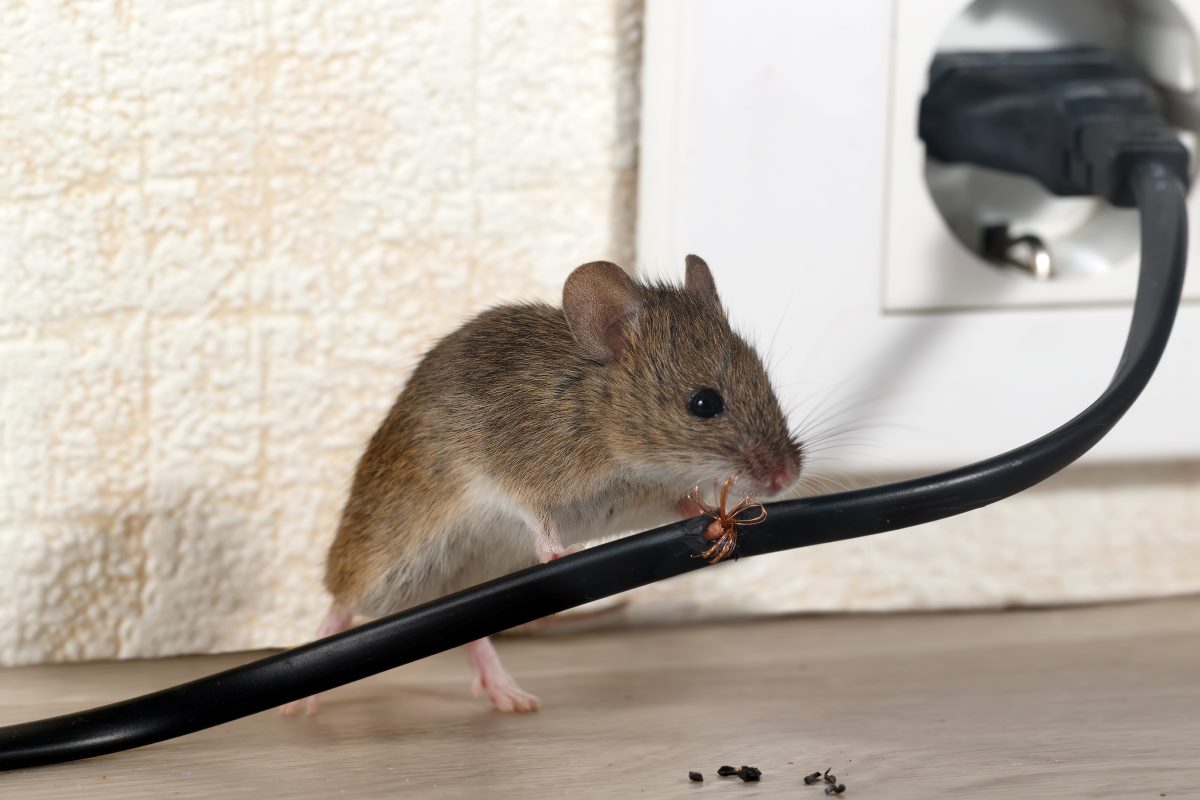Automated Rodent Control in Warehouses: Key Insights and Trends
Share
The perennial issue of managing rodents in storage facilities necessitates innovative solutions. With the advent of advanced technologies, automated rodent control in warehouses has gained traction. Embracing automated systems not only ensures efficiency but also offers a more humane approach to pest management.

The Growing Rodent Problem
Warehouses, due to their expansive space and storage of goods, are prime targets for rodent infestations. Traditional methods, often involving chemical treatments, have raised concerns about health and environmental safety. Moreover, rodents are clever creatures; they learn to evade traps, making consistent control challenging.
Why Automate?
The traditional methods of rodent control have their drawbacks, primarily because they require constant monitoring and manual interventions. Automated systems, however, offer real-time data, precision targeting, and comprehensive monitoring capabilities. Smart traps, equipped with sensors, can detect activity patterns and provide immediate alerts to facility managers, significantly reducing the response time.
For deeper insights into smart manufacturing approaches, you might also explore automated pest control benefits.
Advancements in Warehouse Pest Management
Technology-driven solutions, such as AI-based diagnostics and networked sensors, have transformed how warehouses approach pest management. Such advancements promise not only efficiency but also compliance with health and safety standards. Enterprises like food processing units and storage facilities are already integrating these solutions, setting an industry precedent.
Benefits of Automated Solutions
- Efficiency and Speed: Automated systems monitor pest activity continuously, allowing for immediate responses to any rodent threats.
- Data-Driven Decisions: By collecting detailed data on rodent activity, facilities can optimize pest control strategies.
- Reduced Environmental Impact: Modern systems often minimize the need for chemical interventions, promoting sustainability.
Challenges to Consider
Implementing automated systems is not without its challenges. The initial cost of setup is a significant factor, although many argue that the long-term savings in pest management costs outweigh the initial investment. Maintenance and updates of these systems further necessitate ongoing attention and resources.
For pest management in facilities, innovative solutions such as smart rodent solutions should be considered.
Looking Ahead: The Future of Pest Management
As technological advancements continue to evolve, automated rodent control systems are expected to become even more sophisticated. Future systems may incorporate machine learning algorithms that predict rodent behavior and further improve response strategies.
For businesses considering this transformation, embracing automated control presents a chance to lead in sustainability and efficiency. The integration of smart traps represents just the beginning of an intelligent warehouse ecosystem.

FAQs
How reliable are automated rodent control systems?
They are generally reliable, providing continuous monitoring and immediate alerts, which enhances precision in pest management.
What are the initial costs involved?
While the initial setup cost may be high, the long-term benefits often justify the expense, especially in large facilities.
Can these systems be integrated with existing management software?
Yes, many automated rodent control systems are designed to integrate seamlessly with existing management and monitoring software.
This article contains affiliate links. We may earn a commission at no extra cost to you.
